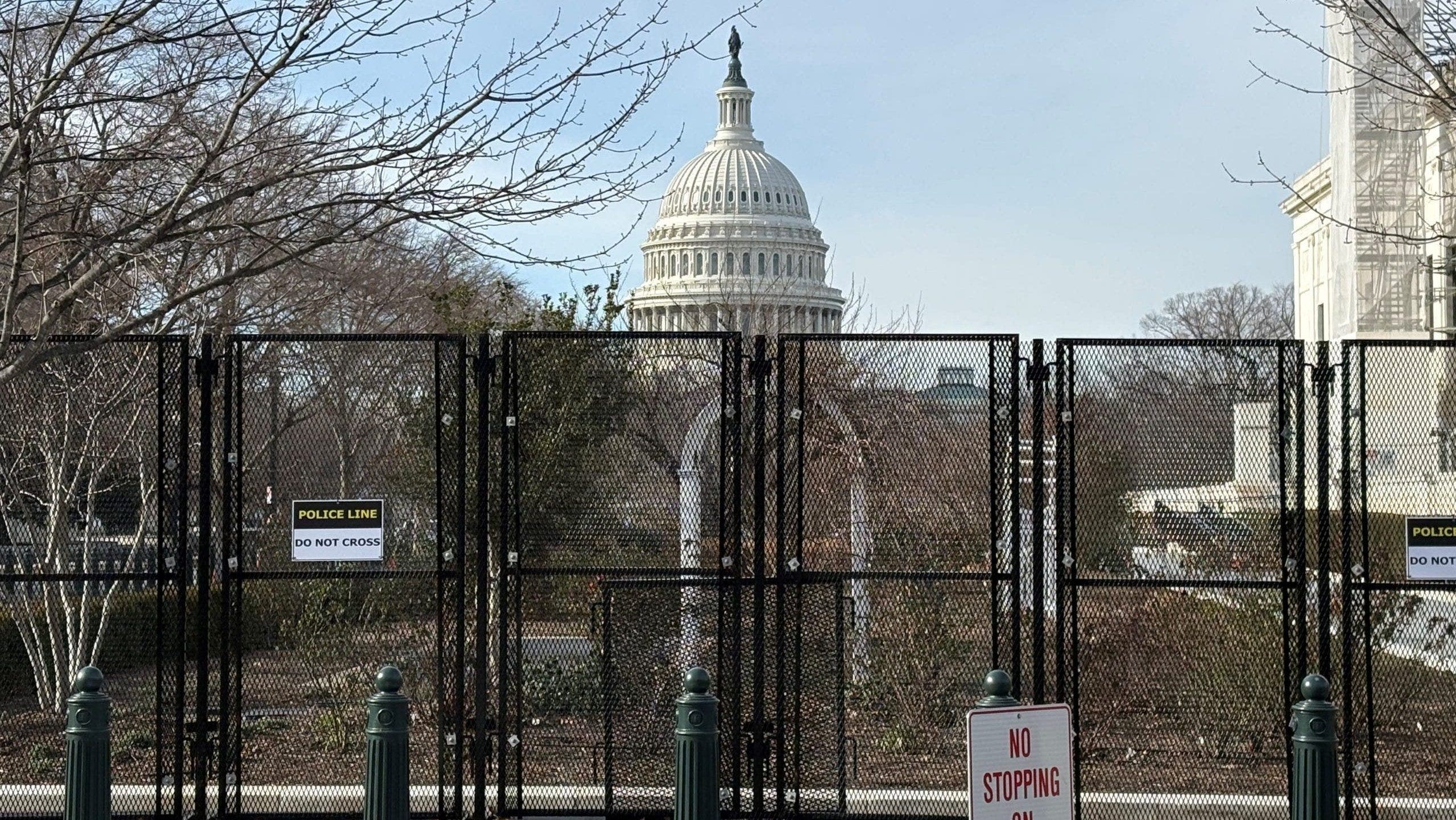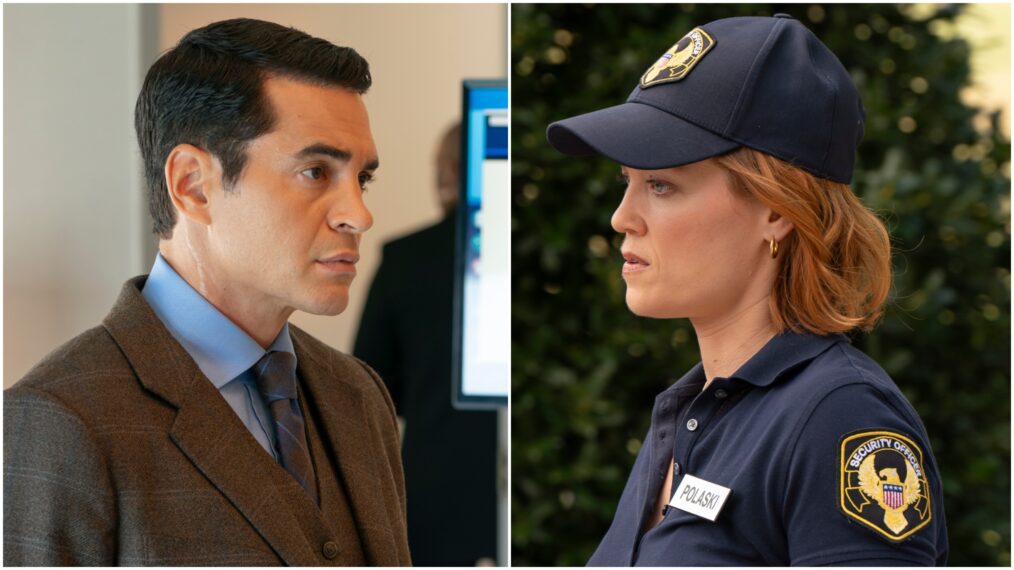The Monitor is a weekly column devoted to everything happening in the WIRED world of culture, from movies to memes, TV to Twitter.
There have been few things more satisfying than the Everything Everywhere All at Once awards season performance. Star Michelle Yeoh canoodling with Cate Blanchett on red carpets, the directors—the duo known as Daniels—doing skits for The Late Show. Jamie Lee Curtis being the most Jamie Lee Curtis she can be. Yeoh threatening to beat up a pianist who tried to play her off stage during her Golden Globes acceptance speech. James Hong giving a history lesson on the Screen Actors Guild at the SAG Awards. The list is too long to name everything all at once. But more than that, it’s been amazing to watch the movie make so much history.
I mean that both literally and figuratively. Last month, when Yeoh won the SAG Award for outstanding performance by an actress in a leading role for her turn as Evelyn Wang, she became the first Asian woman to do so. Ke Huy Quan, who plays her husband in the film, also made history for his SAG win. When Yeoh was nominated for the Best Actress Oscar, she became the first woman who identifies as Asian to do so. If she wins the award at Sunday’s ceremony, she’ll be the first to do that. Since she’s nominated alongside Quan and Stephanie Hsu, who plays their daughter, and The Whale actress Hong Chau, there are more actors of Asian descent nominated this year than in any one before it.
If the film itself wins Best Picture, it will be part of a very small club of sci-fi—or sci-fi-adjacent—movies to take home the trophy.
The Oscars and science fiction have a weird history. In recent years, sci-fi(ish) films like The Shape of Water and Gravity have racked up wins. The Lord of the Rings: Return of the King made inroads for the fantasy genre back in 2003. But never has a movie about a woman (Yeoh) who skips through several alternate versions of her life to try to save the multiverse ever taken the top prize—or even been considered for it.
The Daniels’ movie is so bizarre—with its hot-dog fingers and philosophical everything bagels—that there has obviously never been a movie like it, period. Let alone one that got nominated for a staggering 11 Oscars (seriously, those are James Cameron numbers). But beyond that, Everything Everywhere All at Once’s impressive run shows not only a long overdue shift in who gets nominated for Academy Awards, but also what style of films do.
Most of the credit for this goes to Daniels and their stars. Although its ingredients are wacky, Everything is a brilliant piece of filmmaking, a gut-punch of a story about family and surviving in America. But the level of attention it’s getting from the Academy and elsewhere signals a new understanding of what sci-fi is and can be.
Sci-fi, of course, has been part of cinema since Metropolis in 1927. For many of the ensuing decades, the super genre stuff—the Star Warses, the Matrices—was usually honored for technical achievements, if not much else. But in the past decade or so, as the biggest cultural conversation-starters have moved from Mad Men to Mandalorian, from Dead Poets Society to Dune, there has been a broader acceptance of sci-fi as Art. Fans have known this for years. Now, others are catching up.
Of course, it’s possible that none of this will pan out. Avatar, for example, was nominated for nine Oscars—including a Best Director nod for James Cameron—but only won in the cinematography, VFX, and art direction categories. (Coincidentally, Everything Everywhere All at Once is up against Avatar’s sequel, The Way of Water, for Best Picture.) But if it does win, and win big, it would signal an important shift. Finally, the world would be back on the right timeline.



























































